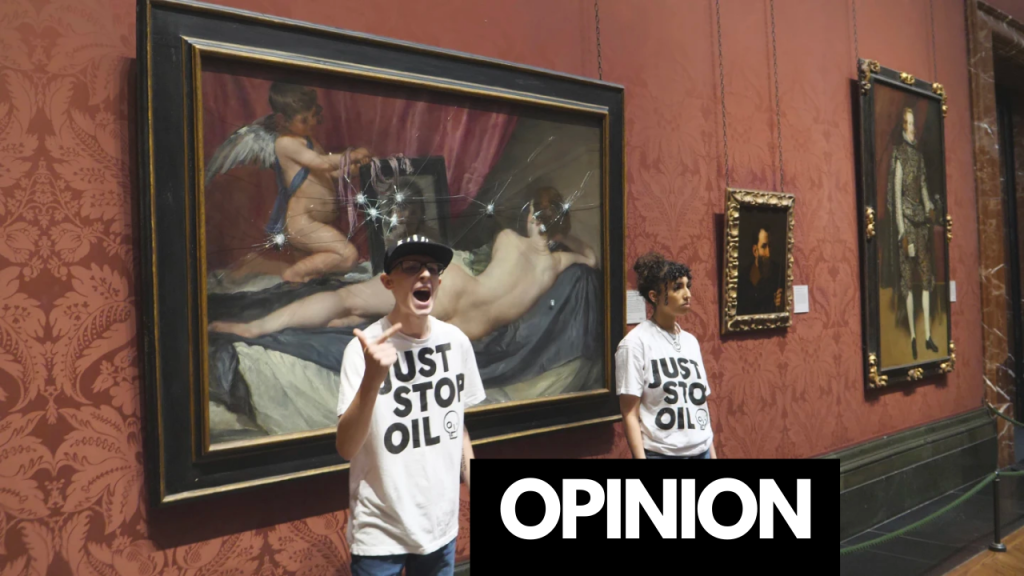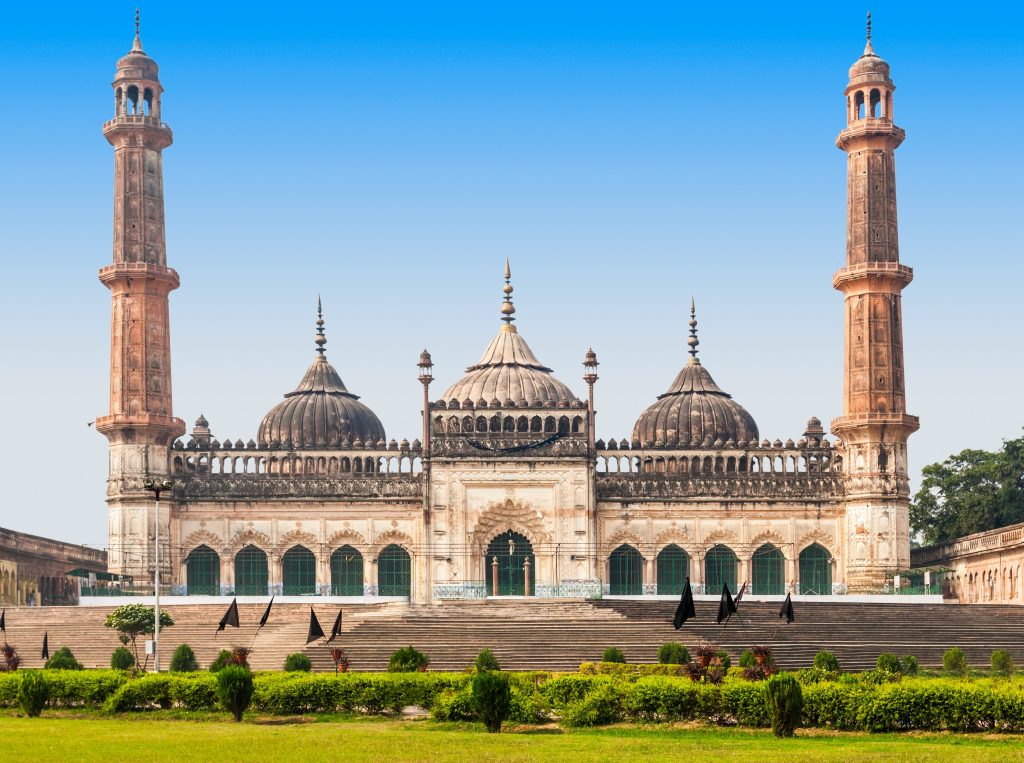Two climate change protesters from the group Just Stop Oil were arrested after smashing a protective glass panel covering a famous Diego Velázquez oil painting at London’s National Gallery. The protesters targeted Velázquez’s “The Toilet of Venus” with small hammers, demanding Britain’s government to halt all licensing for fossil fuel exploration, development, and production in the UK. The group chose to target the painting because it was previously slashed during the suffragette movement in 1914.
A new surge of activity has been sparked by the urgent need to safeguard our environment in the face of the existential threat posed by climate change. A particularly bold subset of these climate activists has garnered media attention by taking aim at famous pieces of art. Their spectacular protests include glueing or spraying different chemicals onto well-known artworks to make a striking statement about how much emphasis we place on life vs art. These thought-provoking acts have prompted a wider discussion on the nexus between activism and art, as well as many questions.
These protests’ transgressive nature is one of their most remarkable features. They specifically target revered items that are valued by society, like works of art by van Gogh, Klimt, Monet, and da Vinci. This calls into question our preconceived beliefs on the sacredness of art. The choice of these particular pieces emphasises a point: these paintings are not impervious to the pernicious effects of a society fueled by fossil fuels and greed.
The demonstrations make us consider a crucial issue: Which is more valuable, life or art? Through their attacks on art, a representation of our cultural legacy, activists have skillfully redirected the discourse to the real worth of human life in the context of climate change. They challenge us to face our complacency and reassess our priorities.
Although the actions of climate activists have similarities to performance art, they also bring up important concerns regarding the morality and efficacy of their work. Any serious activity requires sacrifice, but the demonstrators appear to want it both ways. They protect art from long-term damage while letting their emotions run wild. The end effect is a paradox: a grandiose emotional outburst that doesn’t really call for sacrifice.
Though they may be little infractions, these climate demonstrations have sparked a debate about the morality and efficacy of defacing artwork in support of a cause. It is critical to acknowledge that the climate catastrophe and the actions we need to take to address it continue to be the key concerns. The demonstrators urge society to reevaluate its ideals and priorities by concentrating on art. They haven’t, however, yet presented a strong argument for how they intend to save the environment.
There is no denying the urgency of taking climate action in a planet facing catastrophic climate change. A dialogue that goes beyond the canvas has been ignited by climate activists who have the audacity to question the sacredness of art. These demonstrations serve as a reminder that life ultimately has more value than art, especially as we consider the effects of our actions on the environment. How to effectively handle the climate catastrophe and protect our shared future is the main topic of discussion.

Iftikar Ahmed is a New Delhi-based art writer & researcher.





